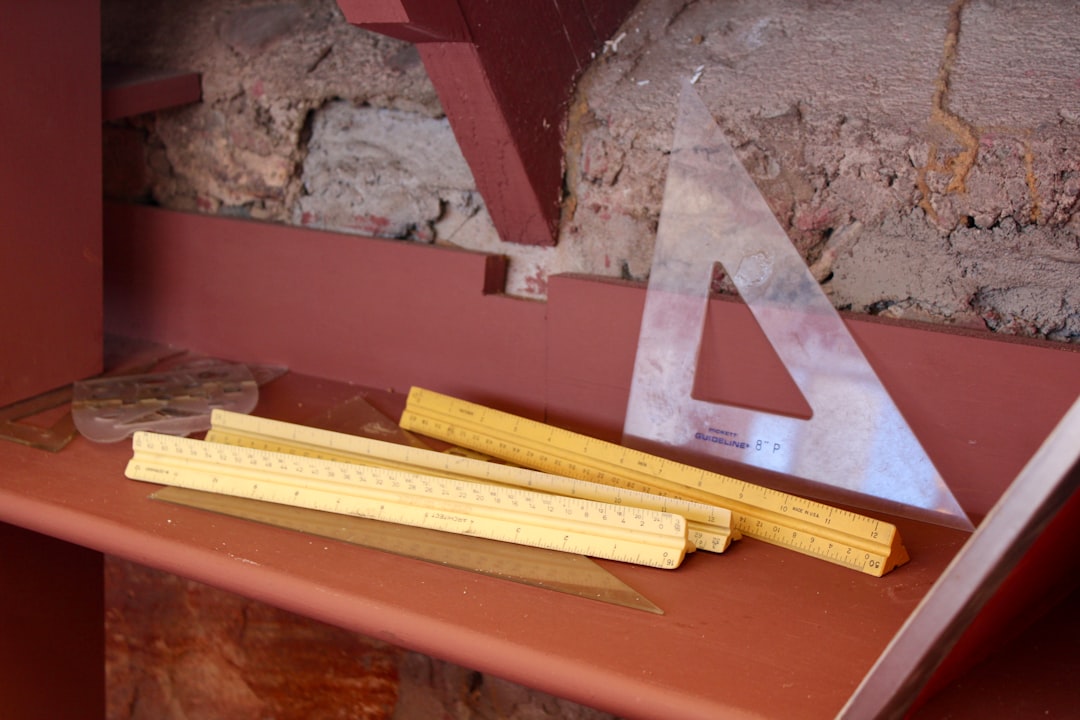
Homeowners expect modern electrical safety, and municipalities mandate it. Installing a GFCI breaker in the panel (often called the pan) is one of the simplest, code-compliant ways to protect every outlet on a circuit from ground-fault shocks. At CountBricks, we see this upgrade requested in nearly every kitchen, bathroom and garage renovation we estimate through our AI voice platform.
A GFCI (Ground-Fault Circuit Interrupter) breaker continuously monitors current balance between hot and neutral conductors. The moment an imbalance above 4–6 mA occurs, the breaker trips in milliseconds, preventing serious injury.
• New construction where the electrician wants to protect an entire branch without installing multiple receptacle-style devices
• Remodels adding wet-area outlets requiring code compliance
• Service upgrades that consolidate multiple GFCI receptacles into a single breaker to save space
Before you start routing conductors, our site supervisors confirm three essentials:
1. Confirm ampacity: The GFCI breaker must match the wire size and load calculation recorded in CountBricks.com/estimates.
2. Verify panel space: An open slot in the pan is needed. Dual-stacks or tandem breakers have different clip styles—CountBricks procurement lists the correct SKU for every panel brand.
3. De-energize safely: Our technicians lock out the main service disconnect documented in the CountBricks safety module.
1. Power Down: After lock-out, use a multimeter to confirm zero voltage on bus bars.
2. Remove Dead Front: Unscrew and set aside the pan cover, ensuring no conductors are disturbed.
3. Position Breaker: Align the GFCI breaker’s stabs with the panel bus. CountBricks parts lists include manufacturer-specific torque specs.
4. Land Conductors: Hot conductor to breaker terminal, neutral conductor to the breaker’s neutral lug, and pigtail neutral to panel neutral bar.
5. Torque and Label: Tighten to listed spec. Label the circuit “GFCI Protected – Test Monthly” per NEC 110.22.
6. Restore Power and Test: Energize the panel, press the breaker’s TEST button, confirm trip, then reset.
• Our AI voice estimator pulls current GFCI breaker pricing directly into the proposal, eliminating padding and surprises.
• Builders can lock pricing for 30 days via CountBricks.com/services.
Upload your PDF plans and let CountBricks auto-detect branch circuits requiring GFCI protection. The takeoff instantly populates with breaker counts, wire lengths and labor minutes based on actual productivity rates gathered from previous CountBricks projects.
• Standard install: 0.45 labor hours
• Service panel rated above 200 A: 0.60 labor hours
• Add-on AFCI/GFCI dual function: 0.55 labor hours
Residential electrical codes update every three years. CountBricks embeds the latest NEC tables in our estimating engine, automatically flagging circuits that require a GFCI upgrade so you never miss an inspection item.
• Forgetting to move the circuit’s neutral off the shared bar—our checklist highlights this step before you finalize.
• Exceeding box fill capacity—CountBricks alerts you if conductor volume pushes enclosure limits.
• Mixing neutral grounds on sub-panels—our AI identifies panel hierarchy to avoid bonding errors.
Below is a typical single-family kitchen remodel line-item automatically generated by CountBricks:
• 20 A GFCI breaker (Square D QO): $47.90
• 12/2 NM cable (125 ft): $69.25
• Labor 0.45 hrs @ $78/hr: $35.10
Total: $152.25
The moment material prices fluctuate, the line-item updates, and you receive a push notification inside your project dashboard.
CountBricks inspectors perform a three-point verification:
1. Trip Test: Confirms GFCI function
2. Thermal Imaging: Ensures terminations are below 30 °C rise
3. Project Photos: Uploaded to CountBricks.com/portfolio for client transparency
• Upgrade to dual-function AFCI/GFCI breakers where arc protection is also needed—often cheaper than combination devices downstream.
• Use pigtailed neutral bars to keep future expansions neat.
• Group GFCI breakers on the same phase to balance panel aesthetics and reduce nuisance tripping.
• Always use torque screwdrivers—over-tightening can crack breaker housings.
• Label neutrals with circuit number sleeves to simplify future service calls.
• Conduct a voltage drop test on long runs before closing walls.
• Keep a spare GFCI breaker on the truck—clients love fast fixes.
• Log serial numbers in CountBricks cloud for warranty claims.
Call, speak your scope, and watch a complete material and labor list appear in seconds. CountBricks turns installing a GFCI breaker in a pan from a guess into a guaranteed number—backed by data from thousands of residential projects.
• Visit CountBricks.com/consultation to schedule a live demo.
• Explore electrical case studies at CountBricks.com/portfolio.
• Download our mobile app and start estimating by voice on your next jobsite.

A Louisville homeowner requested a kitchen remodel, but our estimator’s AI audit flagged nine existing branch circuits lacking GFCI protection. Rather than installing receptacle-style devices at every outlet, CountBricks proposed panel-mounted breakers to cover the circuits in one pass.
• 9 × 20 A GFCI breakers
• 1 hour of panel re-labeling
• 0.25 hour thermal scan
Total materials: $432.90
Total labor: 4.5 hours @ $78/hr = $351.00
Grand total: $783.90
The homeowner approved on the spot via the CountBricks client portal. Our crew completed installation in 3.9 hours, beating the estimate and adding a 0.6-hour savings note to our productivity database. Because every CountBricks job feeds new data into the platform, future estimates for installing GFCI breakers in pans become even more precise.
• Consolidating protection at the panel cut labor by 40 % compared with point-of-use devices.
• Label clarity reduced inspection time; AHJ signed off in under ten minutes.
• The client’s increased confidence led to an immediate upsell: additional LED recessed lighting.
When you partner with CountBricks, each project—big or small—improves the algorithm that powers your next bid. Whether you are installing a single GFCI breaker in a pan or upgrading an entire service, CountBricks delivers:
• Lightning-fast voice estimates
• Live material pricing accuracy
• Code-compliant templates
• Post-installation analytics for continuous improvement
Ready to experience the CountBricks edge? Visit CountBricks.com/services and request your tailored electrical estimate today.